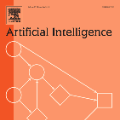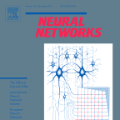Artificial Intelligence (AI) has achieved new levels of performance and spread in public usage with the rise of deep neural networks (DNNs). Initially inspired by human neurons and their connections, NNs have become the foundation of AI models for many advanced architectures. However, some of the most integral processes in the human brain, particularly neurogenesis and neuroplasticity in addition to the more spread neuroapoptosis have largely been ignored in DNN architecture design. Instead, contemporary AI development predominantly focuses on constructing advanced frameworks, such as large language models, which retain a static structure of neural connections during training and inference. In this light, we explore how neurogenesis, neuroapoptosis, and neuroplasticity can inspire future AI advances. Specifically, we examine analogous activities in artificial NNs, introducing the concepts of ``dropin'' for neurogenesis and revisiting ``dropout'' and structural pruning for neuroapoptosis. We additionally suggest neuroplasticity combining the two for future large NNs in ``life-long learning'' settings following the biological inspiration. We conclude by advocating for greater research efforts in this interdisciplinary domain and identifying promising directions for future exploration.
翻译:暂无翻译



